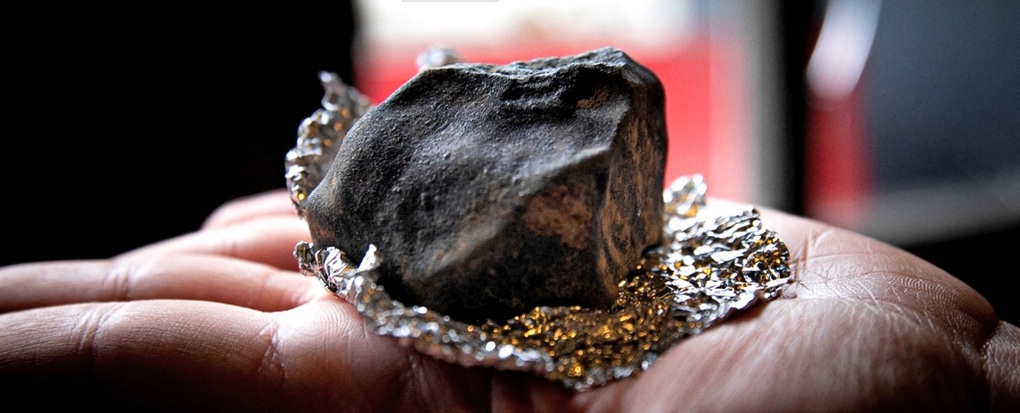
With the help of amateur astronomers, scientists have recorded the journey of an asteroid from deep space, approaching Earth and breaking up in the atmosphere, sending fiery fragments crashing to the ground. From this, they have obtained valuable data on how meteorites disintegrate.
Such was the case with asteroid 2023 CX1. At around 4 p.m. on February 13, 2023 (local time), the object flashed in the sky over northwestern France, before breaking into many pieces.
What is special is that just 7 hours before, a Hungarian astronomer discovered it. The asteroid is less than 1m in size, weighs about 650kg, and is about 200,000km from Earth.
Soon after the initial discovery, scientists at NASA and the European Space Agency accurately calculated the orbit, location and time of disintegration, a level of predictability rare in asteroid research.
Observatories around the world quickly coordinated the deployment of scientific equipment to monitor the phenomenon. In France, the FRIPON/Vigie-Ciel network - a group of professional and amateur astronomers, established nearly a decade ago with the goal of detecting and collecting meteorites - immediately jumped into action.
“We have received dozens of photos and videos recording the asteroid’s journey through the atmosphere in just a few seconds,” said Brigitte Zanda, a meteorite expert at the French National Museum of Natural History, a member of the network.
Collaboration with the public, including analysis of images shared on social media, has helped researchers observe the phenomenon with “unprecedented precision,” Ms. Zanda stressed.
In particular, one video is said to be “extremely useful” as it clearly shows how the object broke into pieces, helping scientists for the first time visualize in detail the process of disintegration in the atmosphere.
The "devastating" crash
Two days after the event, the first meteorite fragment, weighing 93 grams, was found in Saint-Pierre-le-Viger, northwest France, thanks to the help of local residents. In total, about a dozen meteorites were collected and added to the collection of the French National Museum of Natural History.
After more than two and a half years of research, all the data collected from the incident has just been published in the journal Nature Astronomy.
According to statistics, so far only 11 asteroids have been discovered before impact, and in only 4 cases have scientists collected pieces of meteorites that fell to Earth.
Research suggests that asteroid 2023 CX1 may have broken off from a large rock in the Massalia asteroid belt between Mars and Jupiter. When it entered Earth's atmosphere, it disintegrated violently in two stages at an altitude of about 28km. This process caused the object to lose up to 98% of its mass and release a huge amount of energy.
“This is probably only the second time we have seen this type of fragmentation,” said Brigitte Zanda. “It depends on the speed, the angle of impact and the internal structure of the rock.”
Fortunately, the fiery meteorites did not cause any damage. However, simulations suggest that such violent fragmentation is likely to be more damaging than a slow disintegration.
One example is the Chelyabinsk event in 2013: when a 20m-wide asteroid crashed into the Russian sky, it broke into five consecutive pieces, each releasing a small amount of energy.
Although there were no direct casualties, the shock wave from the explosion blew out windows across the city, injuring more than 1,000 people.
Source: https://dantri.com.vn/khoa-hoc/giai-ma-bi-mat-ve-hon-da-la-tu-tren-troi-roi-xuong-20250930233458425.htm



![[Photo] Students of Binh Minh Primary School enjoy the full moon festival, receiving the joys of childhood](https://vphoto.vietnam.vn/thumb/1200x675/vietnam/resource/IMAGE/2025/10/3/8cf8abef22fe4471be400a818912cb85)
![[Photo] Prime Minister Pham Minh Chinh chairs meeting to deploy overcoming consequences of storm No. 10](https://vphoto.vietnam.vn/thumb/1200x675/vietnam/resource/IMAGE/2025/10/3/544f420dcc844463898fcbef46247d16)





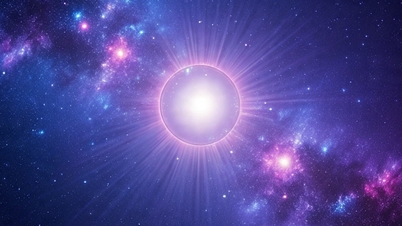


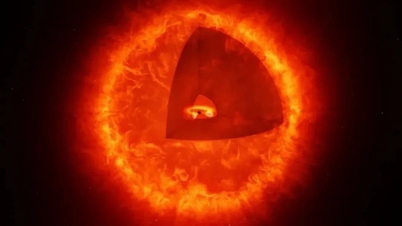


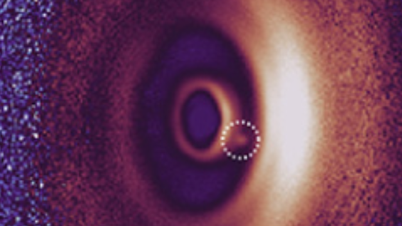

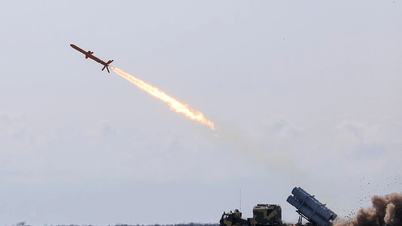













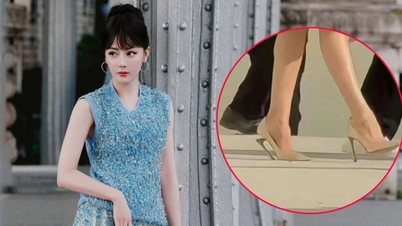

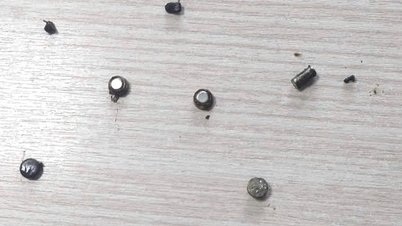



















































![[Infographic] What are the growth targets of Dong Nai province in the first 9 months of 2025?](https://vphoto.vietnam.vn/thumb/402x226/vietnam/resource/IMAGE/2025/10/3/45f9330556eb4c6a88b098a6624d7e5b)


















Comment (0)